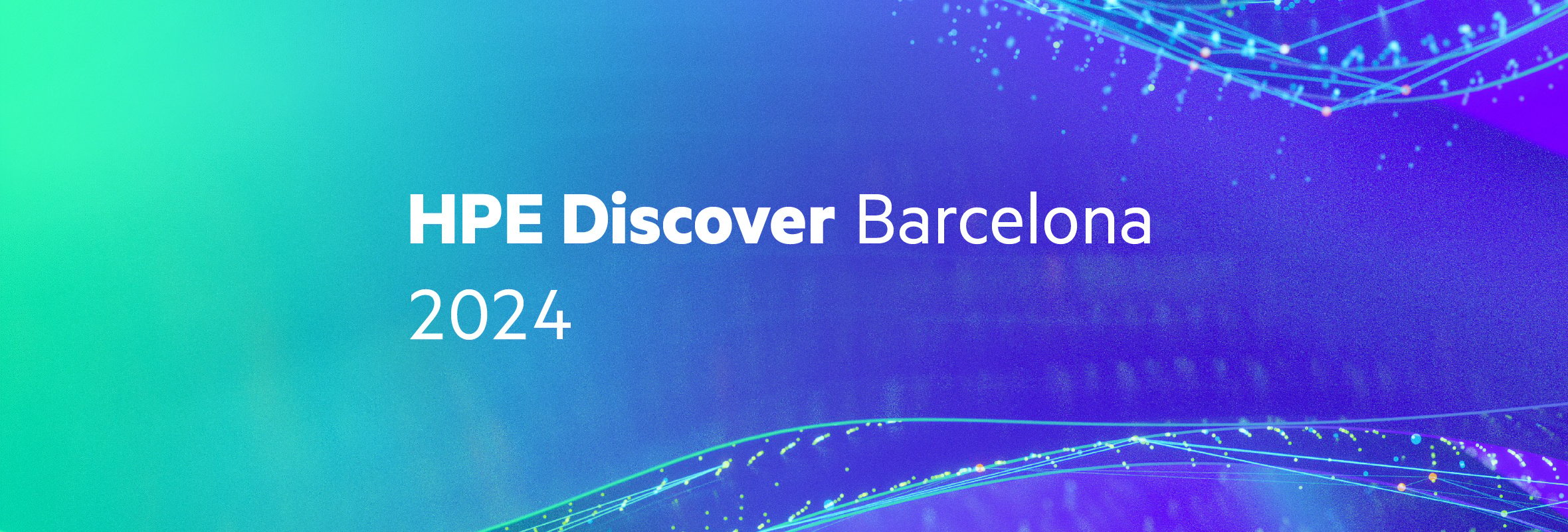The Schrödinger's Cat thought experiment highlights the paradox of determining a system's state without direct observation—an apt analogy for the challenges of observing cloud-native applications. These systems' complex, ephemeral, and distributed nature often makes them appear as black boxes. Coupled with the operational complexities of multi-cloud and hybrid environments, gaining a clear picture feels impossible. Traditional monitoring tools, built for static infrastructures, either lacked depth or added heavy resource impacts, leaving IT teams with incomplete and noisy data.
Critical Challenges in Observing Cloud-Native Applications
- Ephemeral, Dynamic, Multi-Cloud, and Hybrid Infrastructure
Cloud-native applications operate on ever-changing infrastructure powered by Kubernetes, where containers, services, and nodes are created and destroyed frequently. Traditional tools relying on static hosts and fixed agents need help to keep up, resulting in critical visibility gaps when hosts disappear.
OpenTelemetry (OTEL) collectors for Kubernetes provide a lightweight, cloud-native solution for exposing Kubernetes metrics. OpsRamp’s Kubernetes 2.0 integration builds on this, offering enhanced visibility, efficient management, and support for existing OTEL collectors or its own Unified OTEL Collector. These capabilities allow IT teams to manage containerized workloads at scale. - Massive Data Volumes from Tracing and Logs
Distributed microservices generate vast amounts of data, particularly during peak periods like Black Friday. This volume often surpasses human capacity to analyze and action effectively. Traditional tools need help with compliance, especially when handling sensitive data like personally identifiable information (PII).
OpsRamp’s Kubernetes 2.0, as part of its AI-infused digital command center, offers customizable dashboards and pre-configured metrics that make data actionable. It supports a policy-based approach to masking sensitive data, ensuring compliance without compromising visibility. - Complex Dependency Graphs
Microservices amplify complexity as requests traverse multiple services, creating intricate dependency graphs that change with every scaling event. IT teams need visibility into transaction paths, performance characteristics, and service dependencies to resolve incidents effectively.
Kubernetes 2.0 improves visual resource relationship maps, enabling faster troubleshooting and helping teams quickly trace issues to their root causes. This reduces downtime and enhances customer satisfaction. - Alert Fatigue
Cloud-native environments often overwhelm IT teams with excessive alerts, making it challenging to distinguish critical issues from transient anomalies. Traditional systems exacerbate this by generating noise instead of actionable insights.
OpsRamp uses machine learning to filter out noise and prioritize critical alerts. Kubernetes 2.0 ensures intelligent monitoring of resources like nodes, pods, and deployments, surfacing insights only when they matter most. - Industry Standards, Tool Consolidation, and Correlation Across Data Types
Aging, fragmented monitoring tools often lead to inefficiencies and increased costs. Many organizations rely on basic monitoring methods, which fail to provide a holistic view of system health.
OpenTelemetry, as an open standard, addresses this by enabling seamless data collection across diverse systems. OpsRamp’s Kubernetes 2.0 leverages OpenTelemetry to unify observability into a single SaaS-based platform. This standards-driven approach simplifies hybrid and multi-cloud monitoring, reducing complexity and operational costs.
Why OpsRamp’s Kubernetes 2.0 Integration is a Game-Changer
OpsRamp’s Kubernetes 2.0 integration significantly enhances resource visibility, troubleshooting, and scalability, making it indispensable for managing modern containerized environments. Key features include:
- Comprehensive Resource Support: Nodes, pods, namespaces, services, PVs, PVCs, daemonsets, and deployments.
- Visualized Relationships: Resource maps for faster and more accurate troubleshooting.
- Customizable Dashboards: Pre-configured dashboards tailored to specific monitoring needs.
This feature, controlled by a default-disabled flag, can be enabled via OpsRamp support. It equips IT teams with the tools to manage Kubernetes in dynamic, multi-cloud environments efficiently.
The Future of Observing Cloud-Native Applications
As cloud-native applications continue to evolve, organizations need a digital command centre based on an observability platform that is open, standards-based and continually evolving to meet the scale and complexity facing IT operations teams.
OpsRamp’s Kubernetes 2.0 integration powered by OTEL integration organizations can see into the "black box" of cloud-native applications.
Empowering IT operations teams to ensure agility, control, and resilience in a rapidly changing digital landscape by providing accurate visibility and actionable insights.
Next Steps:
- Read blog: Open Telemetry 101 – A Primer
- Read blog: A Product Manager’s Insights from KubeCon + CloudNativeCon Europe 2024
- Follow OpsRamp on X and LinkedIn for real-time updates and news from the world of IT operations.
- Schedule a custom demo with an OpsRamp solution expert.



